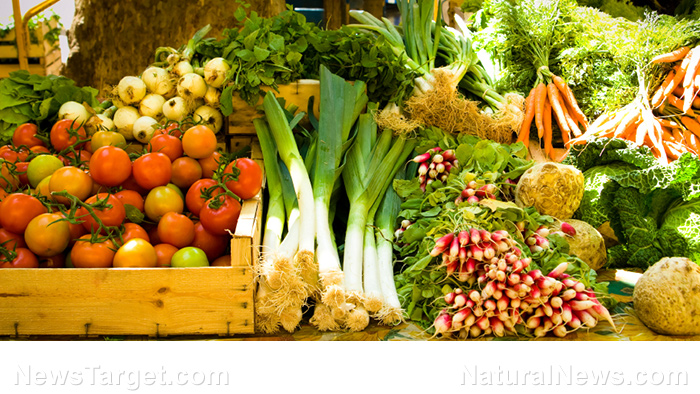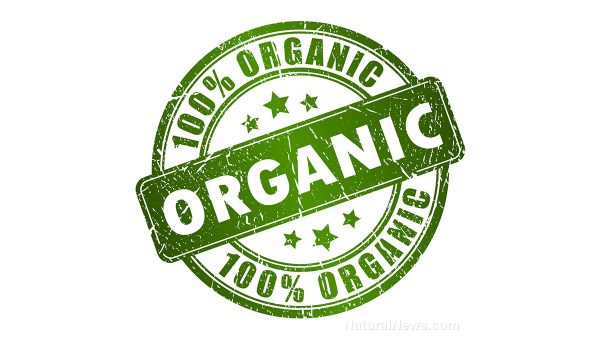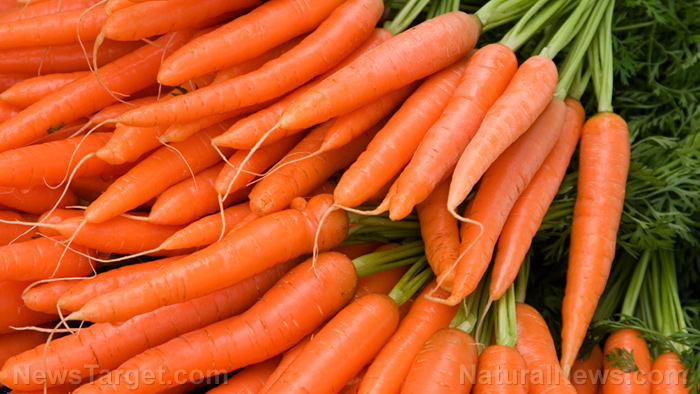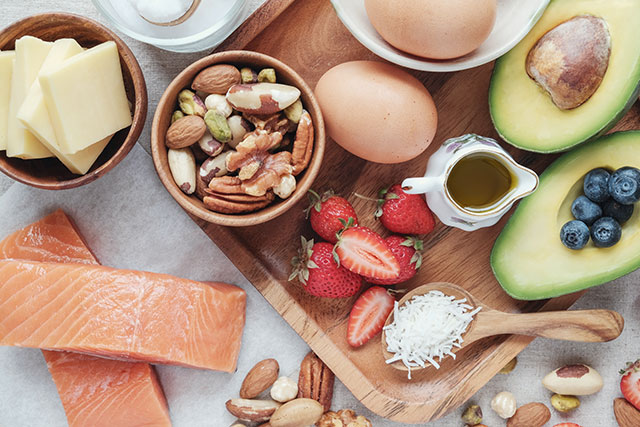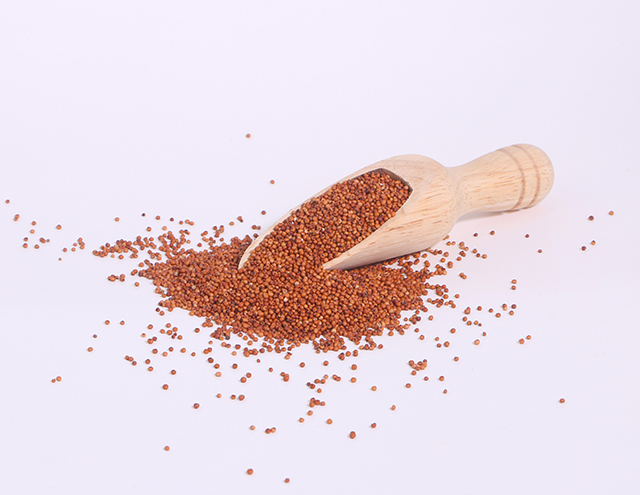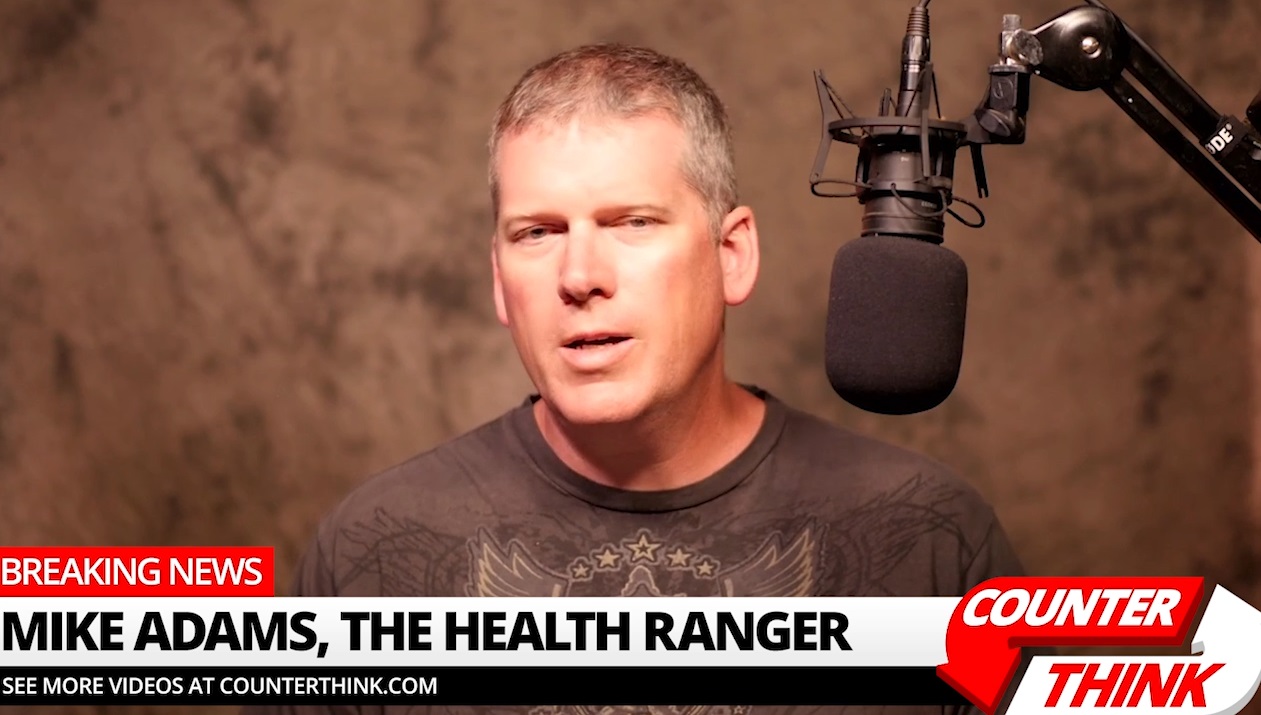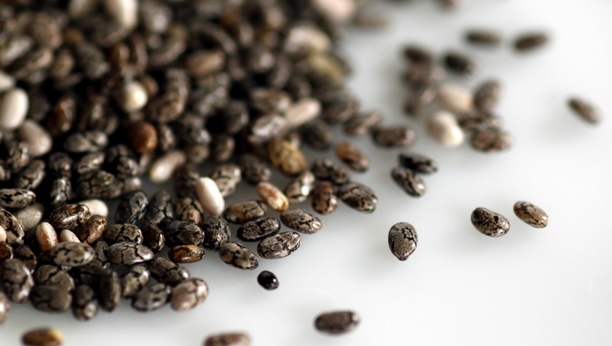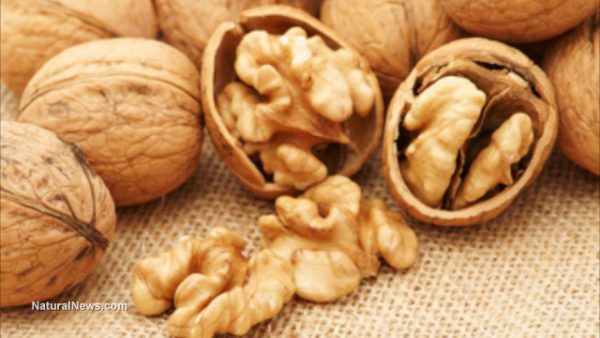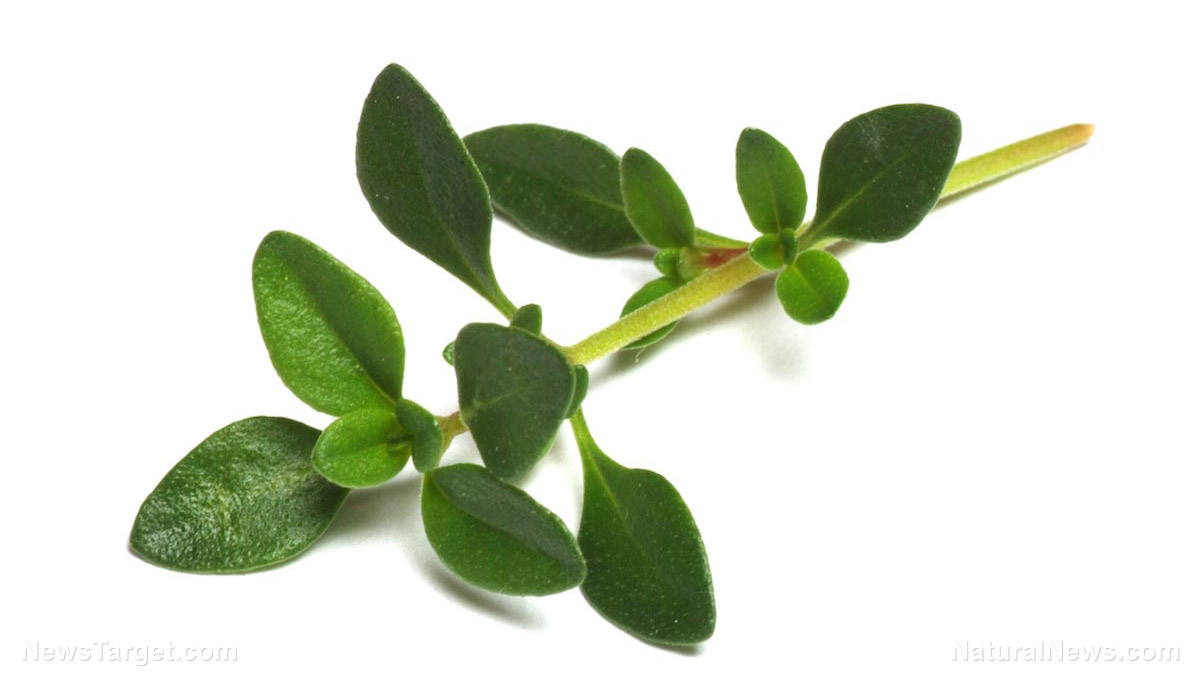We all know that vegetables are good for our health, but did you know that there’s a way to boost the nutrients in leafy greens?
According to Carly Feigan, a nutritionist based in New York and owner of Head to Health, “chopping vegetables before eating them boosts their nutrients.” Blending and pureeing might destroy the fiber in fruits and vegetables, but chopping them helps release healthy enzymes that aids digestion.
Feigan said it’s a good idea to break the vegetables down since that happens when we chew our food. By chopping vegetables, the process can start even before the food makes contact with your tongue and the enzymes get going.
Vegetables contain nutrients like vitamin C and potassium, but they also include polyphenols. Polyphenols are compounds that give plants color, give vegetables a bitter taste, and produce antioxidants. Antioxidants, on the other hand, “protect the body from damage caused by harmful molecules and support the body’s defense system.” (Related: 3 Cooking Rules for Maintaining Nutritional Value in Vegetables.)
According to a study, chopping certain vegetables, like carrots, helps boost antioxidant levels by a whopping 200 percent. But the enzymes produced when vegetables are chopped are the same ones responsible for the process called “enzymatic browning” which can turn apples and avocados brown the minute they are exposed to air.
You can keep fruits and vegetables in the fridge once they’re chopped to prevent enzymatic browning, but Feigan cautioned that not eating them right away “depletes their nutrients.” It’s better to eat the food immediately to enjoy the boosted nutrients.
Once the cell walls of vegetables are sliced, the movement of nutrients carried by water, like vitamin C and folate, is effectively halted. The longer the sliced vegetables are uneaten, “the more the nutrients decompose.”
Findings from a separate study from the University of California reveal that vegetables might lose as much as 15 to 55 percent of vitamin C within a week while spinach can lose about 90 percent 24 hours after harvest. Feigan explained that the same happens when you blend fruits and vegetables.
Smoothies are a convenient way to enjoy the nutrients of fruits and vegetables, but not drinking them right away means “you’re not going to get the benefit from it,” said Feigan. She added that any nutrients from freshly squeezed orange juice can evaporate in as quickly as 30 seconds.
Remember this when you feel like buying pre-cut fruits and vegetables.
Feigan shares that even though our teeth usually take care of the chopping process that releases all the enzymes in vegetables, slicing them beforehand also helps. She said, “If you don’t chop them first and chew them really well you can still get the same benefits.”
Feigan concluded, “But if the vegetables aren’t being broken down fully with our teeth, the chopping process could actually get those nutrients out of the food for you.”
Other ways to boost nutrients in food
Aside from chopping vegetables, here are some tips to help boost the nutrients in your food:
- Eat locally grown food right after it’s harvested – When you eat locally grown food “straight from the earth,” you maximize the vitamins and minerals from the produce. Once fruits or vegetables are picked or separated from their nutrient source, they start losing their nutritional value.
- Eat (most) sources of water-soluble and heat-sensitive nutrients raw – Heat breaks down “vitamin B1, vitamin B5, folate, and vitamin C,” so foods rich in these nutrients are better eaten raw. This includes foods like vitamin B sources such as sunflower seeds, peas, beet greens, and Brussels sprouts; vitamin B5 sources such as broccoli, cauliflower, kale, and avocado; folate sources such as spinach, turnip greens, broccoli; and vitamin C sources such as bell peppers, broccoli, and Brussels sprouts. Cook these foods via blanching, steaming, sautéeing, or roasting to preserve the nutrients.
- Store fruits and vegetables properly – When storing food, make them accessible and minimize nutrient loss by keeping them away from heat, light, and oxygen, which degrade nutrients. Keep all vegetables, except those of the root variety, in the fridge until you need them. All fruits except berries, which includes tomatoes and avocados, must be kept at room temperature and away from direct light. All cut fruits and vegetables need a squeeze of lemon juice on them, and they must be stored in an airtight container. All herbs can be chopped up and frozen in an ice cube tray with water.
You can read more articles about how to boost the nutrients of fresh food and tips on how to eat healthy at Fresh.news.
Sources include:
DailyMail.co.uk
PrecisionNutrition.com


